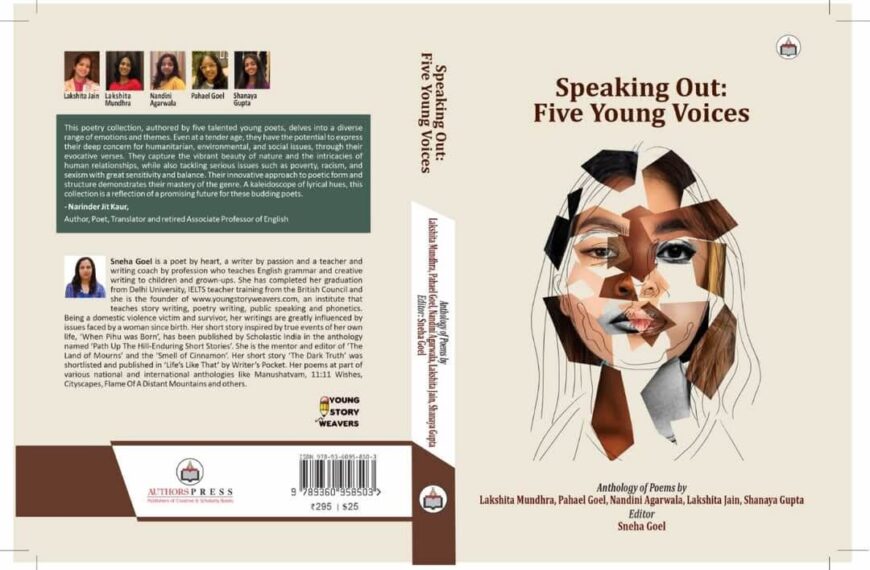Noveena tells us about social networking sites and mass communication scholars, in four parts of her in-depth research article. Here’s the first part. She is penning a weekly column, beginning this Friday, on mass media and films. A Different Truths exclusive.
 Social networking sites might be categorised as the mediums or the platforms gifted by the technology to the people to share their views, ideas and opinions with their fellow beings. Now, social media is a platform for people to raise their voices on various public issues. Facebook and Twitter are one of the best examples, regarding raising voices on social networking sites.
Social networking sites might be categorised as the mediums or the platforms gifted by the technology to the people to share their views, ideas and opinions with their fellow beings. Now, social media is a platform for people to raise their voices on various public issues. Facebook and Twitter are one of the best examples, regarding raising voices on social networking sites.
Social networking sites are the web-based application, which one might access on their electronic devices
Social networking sites are the web-based application, which one might access on their electronic devices – desktops, laptops, tablets, smartphones – with the availability of the Internet connectivity. In today’s scenario there are end number of social networking sites among which Facebook, Twitter, Instagram, Snapchat, Pinterest and LinkedIn are the popular ones.
Every social networking site is designed or curated because of some significant purpose. For example, some sites are designed just to share pictures and images, some are only designed to communicate with people and others are curated to perform all the activities with the usage of Internet.
Social media has evolved to an extent where business might be facilitated easily.
There is no doubt that technology is evolving with every passing day and along  with the social media. Now, social media has evolved to an extent where business might be facilitated easily. Social media has curated to an extent, where it can provide access to variety of information to the mass communication scholars just by a single click of the mouse.
with the social media. Now, social media has evolved to an extent where business might be facilitated easily. Social media has curated to an extent, where it can provide access to variety of information to the mass communication scholars just by a single click of the mouse.
Moreover, in today’s scenario, the mass communication scholars don’t know the significance of library in their lives as these are just a click away. Everything has some pros and cons, so does the social media platforms. On one side, it is substituting libraries, on other side, it is also providing a medium to disseminate large amount of information to the masses.
Understanding Social Media and Uses
Like all truly powerful things, social media is made up of simple concepts. We tend to like things that people we know or trust. Social media has made it easier than ever to broadcast and share what we like right now.[i]
The 5 Most Important Trends in Online Media Platform:
Social media is everywhere you look. Here we’ll help to look at how social media works by exploring the most important concepts behind this powerful outgrowth of the web.
1. Social Sharing Habits
These days the mass communication scholars, students and the youth tend to share everything on social media. Social sharing habits sometimes help people to know something which they aren’t aware of. Moreover, these habits also provide the opportunity to all the mass communication scholars to showcase their talents. Social sharing habits also help them to establish their own names and identities on the social media platforms.
2. The Simplicity of the Social Sharing Platform
Social media offers a central platform, making social sharing both instant and painless.

If you communicate with your personal network through Facebook, you know you can share any piece of content with all your friends and acquaintances just by clicking the ‘Like’ or ‘Share’ buttons. Facebook does the rest, as does Twitter, LinkedIn or any other social media platforms. It’s a simple way to spread any message because you don’t have to create a profile for each forum that interests you or cc all your email contacts. Social media offers a central platform, making social sharing both instant and painless. Instead of having coffee with all your friends to pass on that choice piece of gossip, you can now post, share, tweet or like it with the press of a button.
3. The Strength in Numbers
One of the aspects of social media that makes it so alluring to social media scholars, content producers and organisations of all types is the ability to harness the collective intelligence of the crowd, whether to spread a specific message, improve their product or discover the next big trend. Large groups can yield important insights, provide a vital boost. In the business realm, social media acts as a lens that can focus group power and deliver noticeable and immediate impacts both online and offline.
4. Crowds Shape the Content
…the people who are active on social media create content in order to get maximum views among the people. So, their content could reach many people almost instantly.
Through social media, advertising firms can send users to YouTube to see what videos have the most views. This ultimately influences the commercials you see on TV as well as online. YouTubers or the people who are active on social media (mass communication scholars) create content in order to get maximum views among the people. So, their content could reach many people almost instantly.
TV as well as online. YouTubers or the people who are active on social media (mass communication scholars) create content in order to get maximum views among the people. So, their content could reach many people almost instantly.
5. The Anatomy of Viral Content
To go viral, a piece of content must have a hook to get and keep viewers right away. For example, articles generally depend on a good title and a strong lead to keep the reader going. Then, if the whole of the content meets expectations – or maybe even exceeds them – the viewer will be likely to share it. After a piece of content reaches the level of sharing needed to go viral – although there is no standard measurement for this – the actual content takes a back seat to the peer pressure of needing know what everyone else is viewing. What this means is that while the content matters up to a point, the actual mechanics of sharing may play a larger role in viral internet phenomena.
©Noveena Chakravorty
Photos from the Internet





 By
By
 By
By
 By
By
 By
By